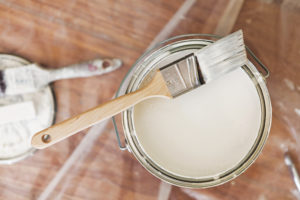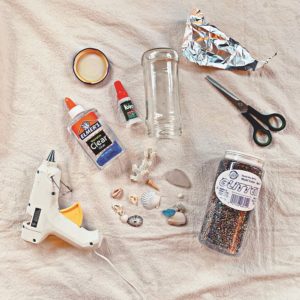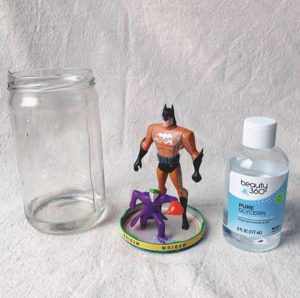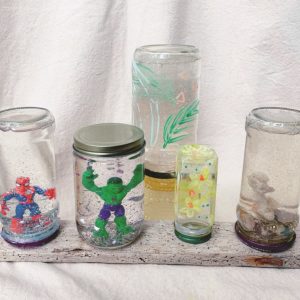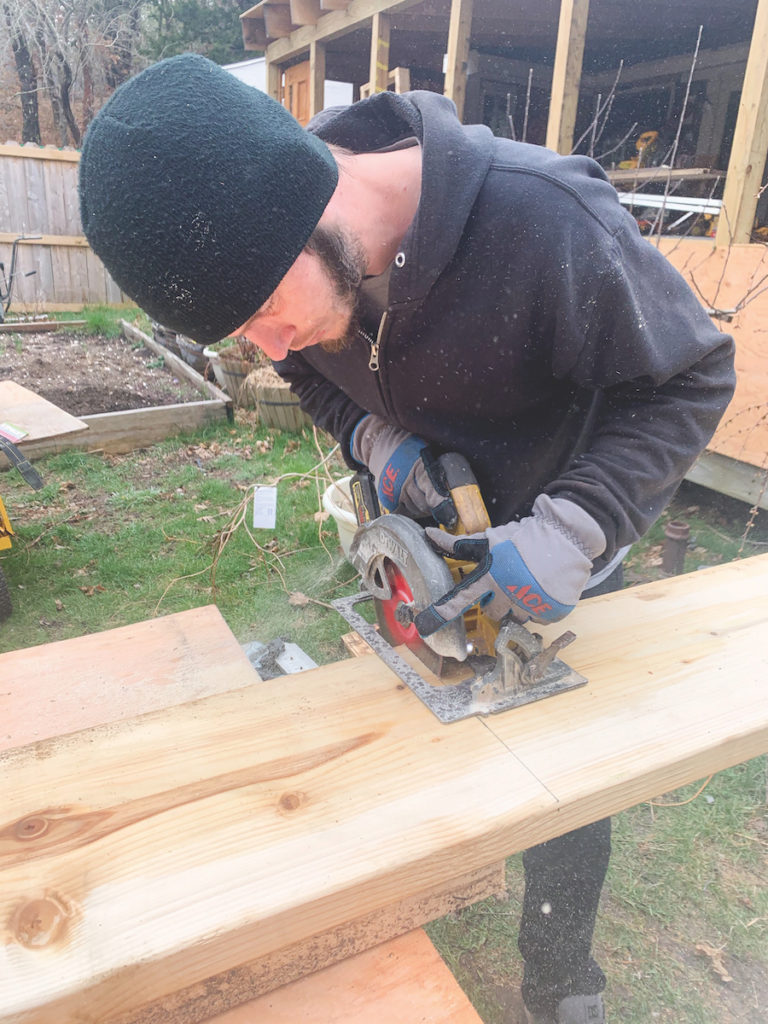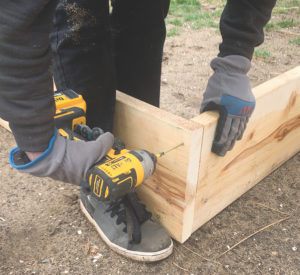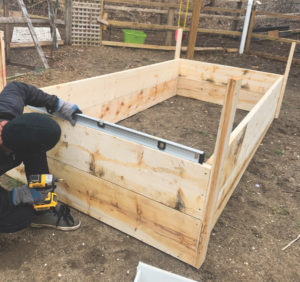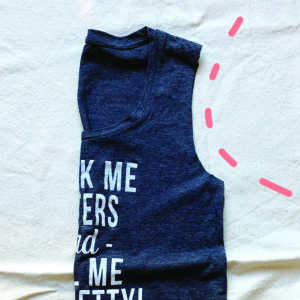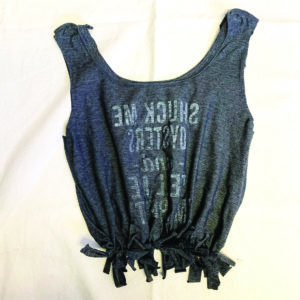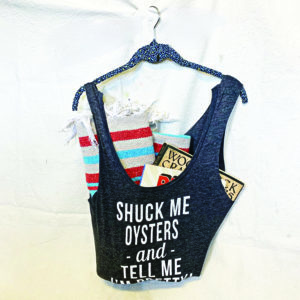As you prepare outdoor living spaces for the summer, it’s a good time to be on the lookout for materials that might be repurposed into tabletops. Marble and granite slabs, old floorboards, even stones and sea glass found on the beach are all candidates for a patio project in which the goal is to use reclaimed materials instead of ordering an expensive new outdoor furniture set.
The place to find a gem of a marble or granite slab is the remnant pile at a stone company. I learned this when, on a whim, I walked into a granite yard and found a pile of beautiful castoff pieces of stone looking for a home. These pieces are usually leftovers from larger projects like kitchen renovations. Such remnants are sold at a discount.
It took some patience and vision to sort through what was there. The pieces were all different sizes, colors, shapes, and materials — marble, quartz, granite, soapstone, limestone, slate. Some were rough cut, some smooth. Some were odd shaped. I learned that, for an extra charge, the stone company will fabricate, that is, cut and polish a piece for you.
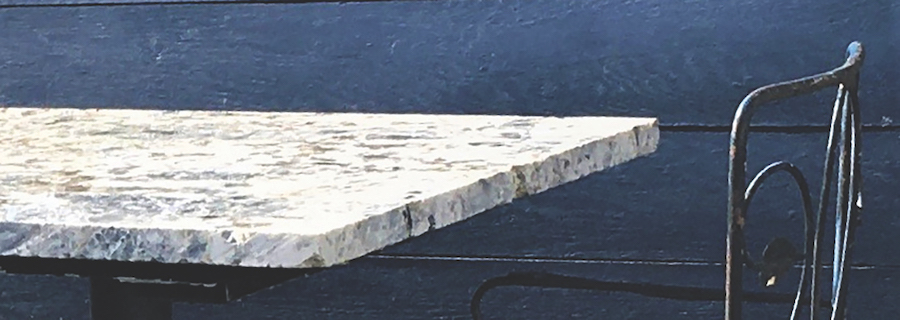
The marble piece I decided on was approximately 28 inches wide by 60 inches long. That’s a very practical table size. That and the color and marbling attracted me. It was in great condition. The edges were all smooth. The price was a factor, too: I bought it for $80.
The trick was now to find good solid legs to hold the weight of the stone. I found pedestals from two old bistro tables at an antique store for $20. The marble slab flanks the two metal pedestals perfectly to make a table for six to eight people. An old church pew and metal chairs provide seating to finish the project.
Since then, I have found small granite and marble pieces at yard sales and flea markets for as little as five dollars. They make handy drink tables on the patio. Here again, finding the right legs is critical. Metal table bases are ideal and can be found at flea markets and yard sales. Keep an eye out for them.
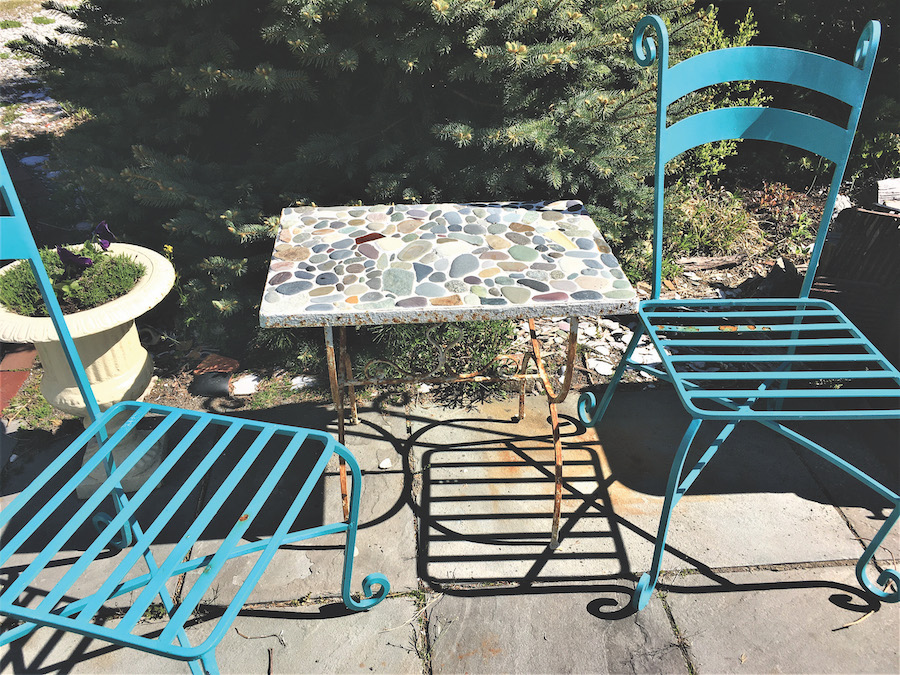
You may already have the makings of a variation on the stone tabletop theme. Consider using your collection of sea glass, flat rocks, and broken tile, or a combination of those. That is what I did recently with a rusty metal table base that had beautiful scroll work on the bottom.
All I needed was a piece of plywood, cut to fit into the tabletop opening, a bag of cement, and a selection of smooth stones. First, I constructed a temporary lip around the plywood to keep the wet cement in place. Next, I mixed a bag of cement from the hardware store, stirring it with water per the instructions on the bag. I spread the cement onto the plywood, then set the mosaic pieces into the cement, working to keep them flush, to ensure the tabletop would be smooth enough to be useful. It’s important to wipe away any excess cement while it is still wet, then let the whole thing dry.
I used beach rocks. Flat, thin rocks work the best. I incorporated a few pieces of glass and tile for interest. My rock table is now a fixture on my patio. I think of the beach when I set my coffee cup on it in the morning.
